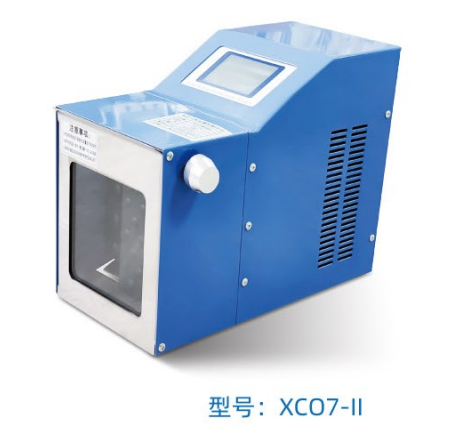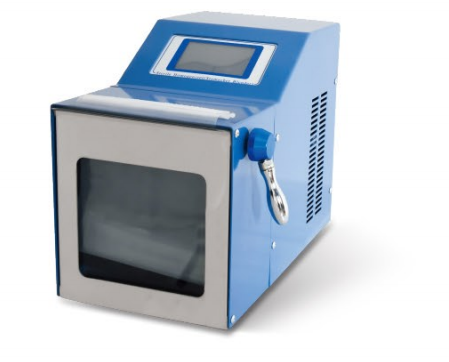hand homogenizer
A hand homogenizer represents a crucial laboratory instrument designed for efficient sample preparation and material processing. This versatile device operates through manual force to break down, mix, and homogenize various types of samples, from biological tissues to chemical compounds. The instrument typically consists of a durable stainless steel shaft, a comfortable ergonomic handle, and interchangeable processing tools. Its mechanical design allows for precise control over the homogenization process, enabling users to achieve consistent results without the need for electrical power. The device functions by applying shear forces through a rotor-stator principle, where samples are rapidly forced through precisely engineered gaps between stationary and rotating components. This action effectively reduces particle size and ensures uniform sample consistency. Hand homogenizers are particularly valuable in settings where portable solutions are necessary or when processing small sample volumes. They excel in applications ranging from DNA/RNA extraction and protein analysis to food quality testing and pharmaceutical research. The tool's simplicity and reliability make it an indispensable instrument in laboratories, research facilities, and quality control departments worldwide.


